Planting under neighbor's maple
chicamarie
14 years ago
Related Stories
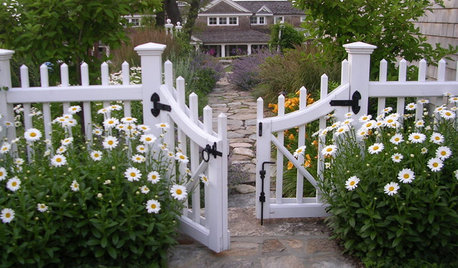
CURB APPEAL7 Ways to Create a Neighborly Front Yard
Foster community spirit by setting up your front porch, paths and yard for social interaction
Full Story
FRONT YARD IDEAS10 Ideas for a Front-Yard Edible Garden Your Neighbors Will Love
Choosing attractive, well-mannered plants and sharing the bounty will go a long way toward keeping the peace
Full Story
GARDENING GUIDES9 Low-Growing Hedges That Make Good Neighbors
Define garden areas or borders without blocking the view, with these evergreen shrubs that take kindly to trimming
Full Story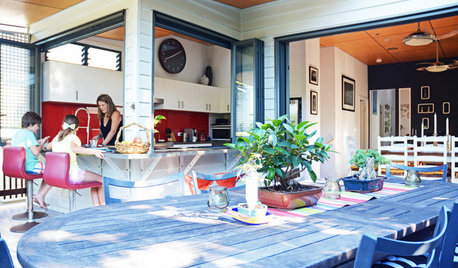
HOUZZ TOURSMy Houzz: Neighbors, a Love Story
Australian neighbors find each other a perfect match. Now the 1940s home they share is a family haven
Full Story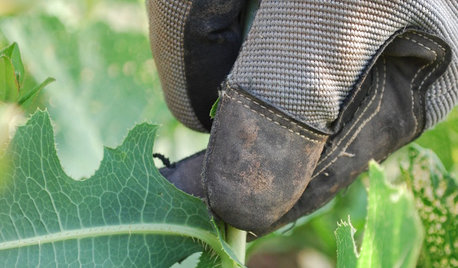
LIFEPortrait of a Terribly Good Neighbor
Sometimes the best kind of neighbor isn't the kind you'd expect
Full Story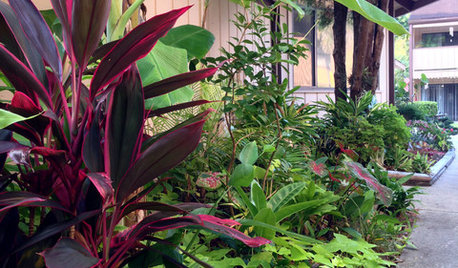
GARDENING GUIDESA Mom, a Garden and a Gift for the Neighbors
Gardening can be therapeutic in unexpected ways. See how one gardener found peace and purpose in a patch of Florida soil
Full Story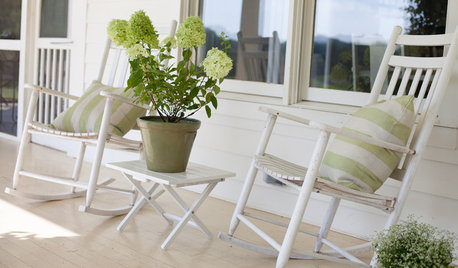
LIFEHow to Get Along With the Neighbors — and Live Happier at Home
Everyone wins when neighbors treat one another with kindness, consideration and respect
Full Story
PETSHow to Help Your Dog Be a Good Neighbor
Good fences certainly help, but be sure to introduce your pup to the neighbors and check in from time to time
Full Story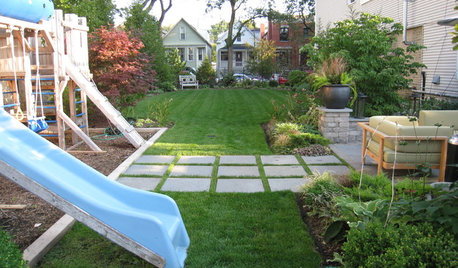
LIFE6 Tips for Teaching Your Kids to Be Good Neighbors
Everyone wins when your children learn to respect boundaries, get help when they need it and show others they care
Full Story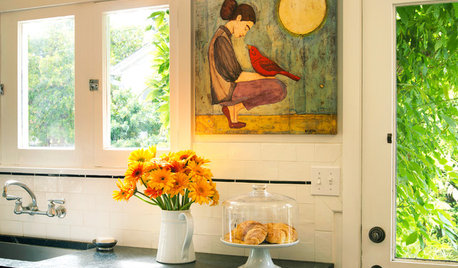
SIMPLE PLEASURESThe Art of Being Neighborly
Learn the heartfelt gestures that go a long way toward creating a welcoming community
Full Story








pepperdude
hemnancy
Related Professionals
Piqua Landscape Architects & Landscape Designers · Elkridge Landscape Contractors · Framingham Landscape Contractors · Oxnard Landscape Contractors · Pacifica Landscape Contractors · Markham Landscape Contractors · Suisun City Landscape Contractors · Grandview Fence Contractors · Hinsdale Fence Contractors · King City Fence Contractors · Manorville Fence Contractors · Rockville Fence Contractors · Waunakee Fence Contractors · Brookhaven Outdoor Lighting & Audio Visual Systems · North Bellport Outdoor Lighting & Audio Visual Systemsbuyorsell888
bobb_grow
chicamarieOriginal Author